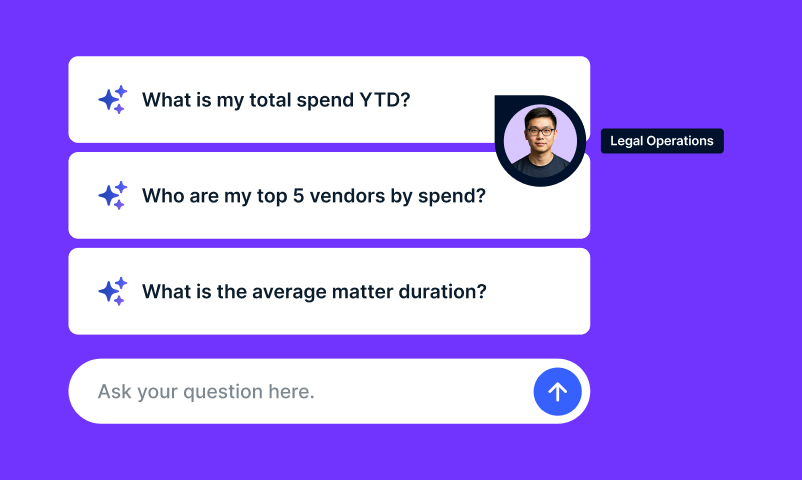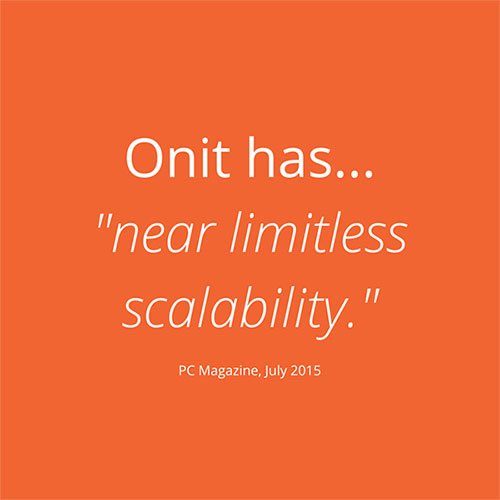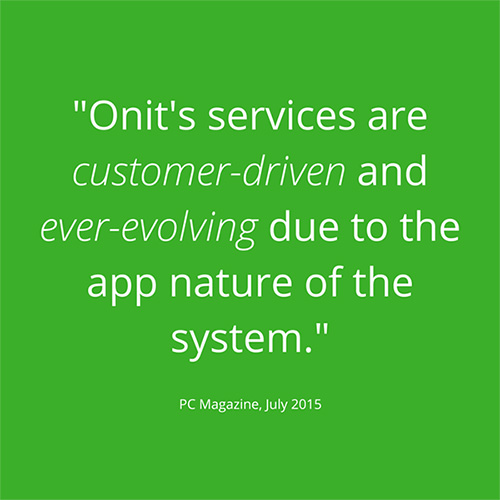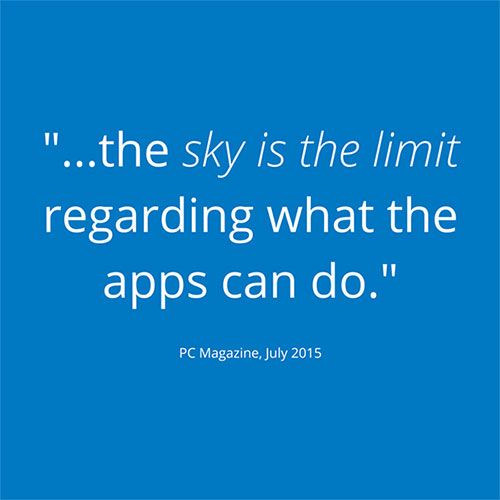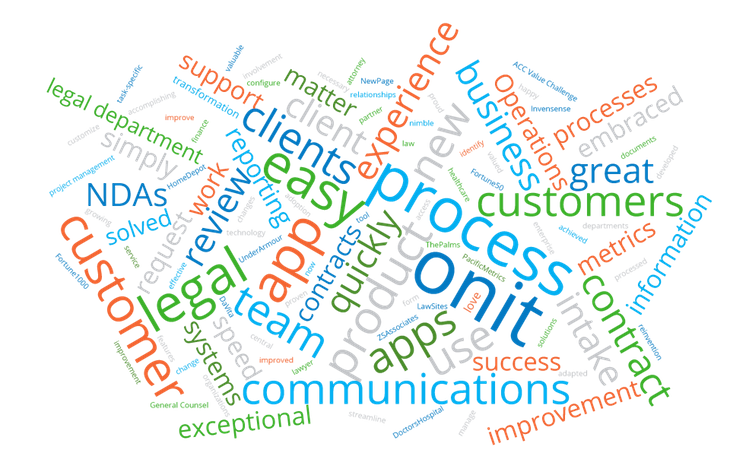In a 2015 study conducted by Bain & Company on management tools and trends, 75% of executives feel that the ability to adapt to change is a significant competitive advantage. Innovation is also high on most executive’s priority lists, with 74% believing that it’s more important than cost reduction for long-term success.
How are businesses building more adaptable, innovative, customer-centric organizations? Many are rethinking management structure, getting rid of the physical and psychological silos, and investing in technology that both reduces complexity and empowers contributors from all levels of the organization.
Perhaps the most extreme example is illustrated by Zappos. Fast Company recently did a fascinating profile on the online retailer, the poster company for its new “holocratic” management style. What the heck is a holocracy? According to holocracy.org, it’s a flexible organization structure that brings discipline to the peer-to-peer workplace. Holocracies are organized around self-governing teams focused on action versus over-analyzing, empowering individual contributors to solve problems, and clarity around roles and responsibilities. Holocracies are a counterpoint to the old top-down industrial age business hierarchy, which favors accountability and productivity around repeated tasks. The goal of this more fluid management ethos is to remove the bureaucracy that hampers the collaboration and creative problem solving that this current age demands.
While that is one end of the extreme, businesses don’t need to go full “holocracy”; simply flattening your management structure can have profound effects. CEO and co-founder of ShortStack.com, Jim Belosic, explained the benefits of thinking horizontally in a post on OpenForum. One main benefit of less hierarchy in your business, according to Belosic, is that more democracy leads to better communication within the team. Being flat also leads to more visibility into what’s happening across the board and enables quicker decision-making. Less hierarchy leads to a more engaged team, and the ability to take ownership and try new ways of doing things. More people have strategic skin in the game, illustrated nicely by what Belosic looks for when hiring people, “with a manager’s mentality and a producer’s work ethic.”
The term “flattening” perfectly describes what we’re trying to accomplish through technology-enabled workflows. We can’t blame all of the rigidity and bureaucracy in business on management. The complexity of critical business workflows can have the effect of sapping your teams’ autonomy and ability to creatively solve problems – no management needed. We’re big believers in empowering individual contributors through technology. By automating much of the administrative quicksand that otherwise talented, creative people get stuck doing on a daily basis, and by removing the opacity around workflows, you enable the individual worker to contribute in a more meaningful way. Less administrative red tape and more visibility into roles and responsibilities around your critical workflows brings more autonomy to individuals and teams alike, leading to less bureaucracy overall and more innovative problem solving.
To learn more about Onit and how Enterprise Apps can help your business adapt, innovate, and better serve your customers, schedule a demo.
For more on innovation, technology and business, check out our recent blog post:

